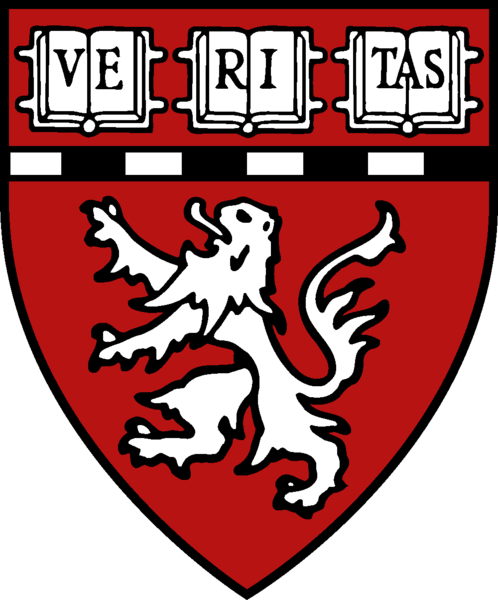


Yannan Ouyang, Alan Rosenstein, Gabriel Kreiman, Erin M. Schuman, Mary B. Kennedy
Annual Meeting of the Society for Neuroscience, Los Angeles, 1998
Both protein phosphorylation and protein synthesis appear to be involved in various phases of long-term potentiation (LTP) at Schaffer-collateral synapses in the hippocampus. Calcium/calmodulin-dependent protein kinase II (CaMKII) is one protein kinase that plays a critical role in induction of LTP at these synapses. We have established an immunocytochemical imaging method to study local and global changes in protein phossphorylation in neurons associated with electrical stimulation adn./ie induction of LTP (Ouyang et al., J. of Neurosci. 17, 5416-27, 1997). Using this technique, we reported that induction of LTP by tetanic stimulation of the Schaffer-collaterals produces widespread autophosphorulation of CaMKII within stimulated neurons and synapses that persists for at least 30 min after the tetanus. We also found, in "two-pathway" experiments, that the amplitude of immunocytochemical stainning for the alhpa0sucunuit increases signigicantly in dendrites on the tetanized side of area CA1 compared ot the control side, suggesting that tetanus may activate new synthesis of CaMKII in dendrites. This possibility is consistent with the abundance of alpha-CaMKII mRNA in dendrites of pyramidal neurons in CA!. Now we report that a 10 % increase in staining for nonphosphorylated CaMKII is observed just 5 min after tetanic stimulation (2/3 of the magnitude measured at 30 min). This increase in nonphosphorylated CaMKII, at both 5 and 30 min after tetanus is blocked by anisomycin, a protein synthesis inhibitor. Increased autophosphorylation is not vlocked by anisomycin. Thus, dendritic synthesis of CaMKII, in addition to new autophosphorylation, can be detected within 5 minutes after tetanus.Supported by NIH grants MH49176, NS17660, and F32NS10660.
Top